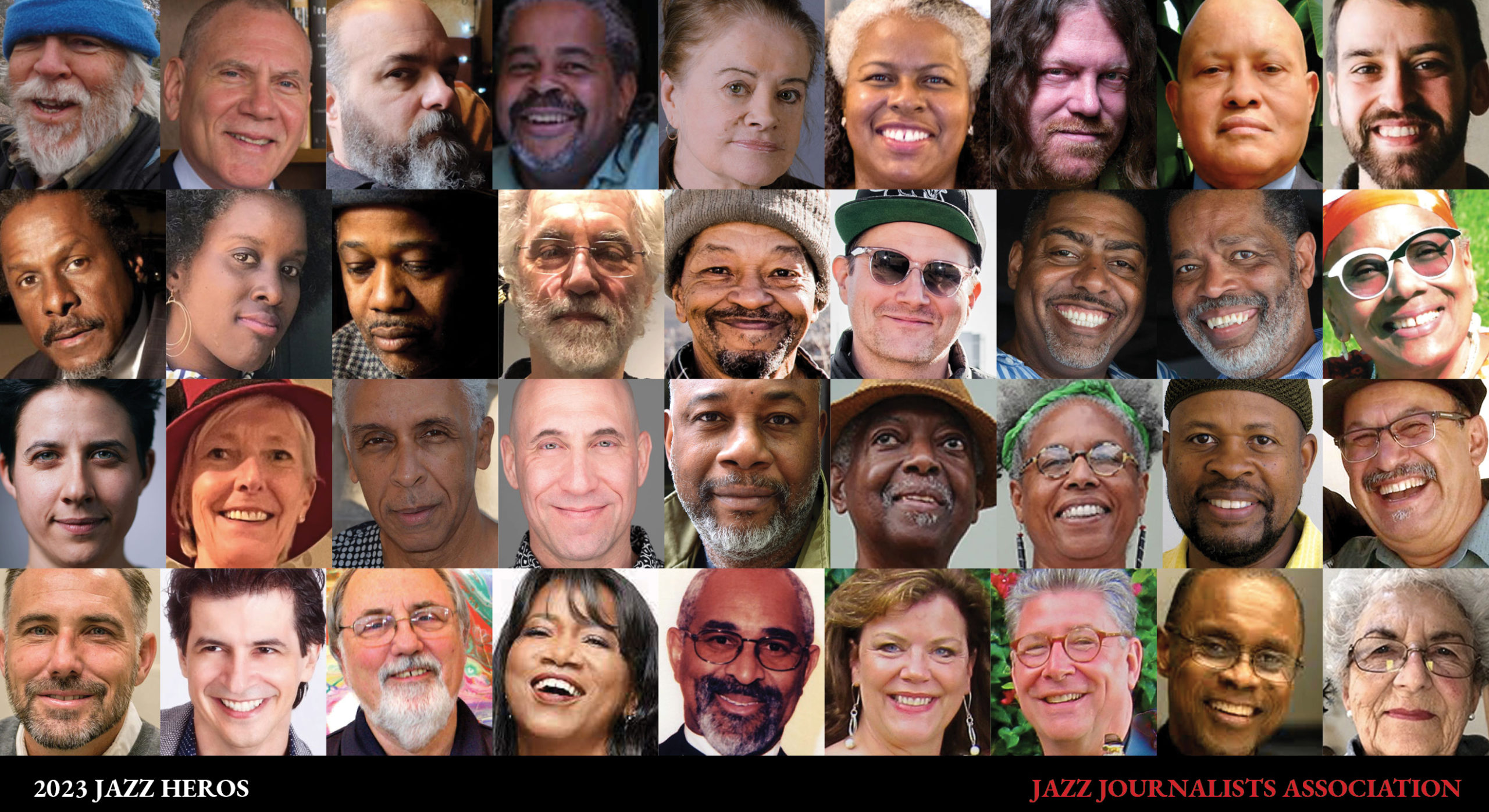‣ KVOA in Tucson, Arizona, reported that Nkechi Diallo, formerly Rachel Dolezal, lost her job over her OnlyFans account. 2024 is turning out to be another doozy, isn’t it?
She was a prominent civil rights leader and an African Studies professor in Washington State, accused of pretending to be black for personal gain.
Diallo has a public social media page where she has linked an OnlyFans page that appears to be operated by her.
Julie Farbarik, the district’s director of alumni & community relations, said Wednesday in an email to News 4 Tucson:
“We only learned of Ms. Nkechi Diallo’s Only Fans social media posts yesterday afternoon. Her posts are contrary to our district’s “Use of Social Media by District Employees” policy (attached) and our staff ethics policy. She is no longer employed by the Catalina Foothills School District.”
‣ Nicole Brinkley writes the very long (and critical) read about Goodreads we’ve all been waiting for:
The issues at Goodreads go far beyond review bombing. The way the industry treats Goodreads as both a one-stop shop for information about books and some kind of guiding light with the ability to predict a book’s reception gives the website far more heft than it deserves. Goodreads weighs more heavily than it should on the minds of authors and publishing professionals alike, and the high status this affords the site leads people to use it to justify bad decisions and ill-informed upset.
‣ Sara Fischer of Axios writes that Meta wants to demote political content on Threads — like we didn’t see that one coming — and she explains:
Meta has made sweeping changes its Facebook and Instagram algorithms to focus more on elevating viral entertainment videos over polarizing news and politics content in the past few years. … Those efforts have come in response to pressure the tech giant has faced around the role its apps have played in spreading mis and disinformation ahead of the 2016 and 2020 elections.
‣ Lylla Younes writes for Hell Gate about the NYPD’s crackdown on pro-Palestine protesters:
The events of last Saturday are part of the NYPD’s widening crackdown against New Yorkers protesting Israel’s bloody bombing of Gaza, now in its fourth month, with the death toll over 28,000. Whereas pro-Palestine demonstrations last October and November saw relatively little confrontation with the police, almost every rally of the new year has ended with protesters picketing outside the police precinct at 1 Police Plaza, waiting for their fellow demonstrators to be released after arrest. Hell Gate counted over 45 arrests across five different actions since last month (this excludes the high-profile shutdown of Lower Manhattan on January 8). Over the past few weeks, NYPD officers have punched protesters, ripped signs out of peoples’ hands, and lashed out after seemingly minor infractions, such as protesters shaking a barricade.
“Something changed,” said Dan Cione, a lawyer and an organizer with the local pro-Palestine group Within Our Lifetime, who was arrested at a protest several weeks ago for creating “unreasonable” noise. “Now it’s broken windows policing, where using a megaphone or stepping on the roadway can get you violently arrested by the Strategic Response Group.”
‣ Rebecca Solnit reflects on self-driving cars, the death of pedestrian traffic, and San Francisco in “the shadow of Silicon Valley” for the London Review of Books:
The San Francisco of my youth was full of small shops whose friendly eccentricity felt like part of the place. Some of them still exist but they’re rarer now. Many had old photographs of the business or the neighbourhood, some had artefacts of the past or pieces of the owner’s art. The little liquor and grocery store in my old neighbourhood had a wall of pictures of locals attending its annual barbecue and a ledger in which the proprietor recorded transactions with elderly locals who bought their groceries on credit and paid up at the end of the month. The exchanges between people who knew one another were non-commodities these small businesses offered along with whatever was for sale.
In her urbanist manifesto The Death and Life of Great American Cities (1961), Jane Jacobs wrote about ‘eyes on the street’: about the way that pedestrian traffic, people moving around – or sitting around – in public, kept a place safe and more than safe: convivial, gregarious. I think of what has come to my city as ‘the great withdrawal’. People on the street often seem to have their eyes elsewhere, usually on their phones: they might video a crime, but they might also not notice it’s happening. Many seem to flinch at direct contact with strangers or pretend the apparent intrusion didn’t happen, so I’ve come to avoid the tiny interactions that seem much more welcome in New Orleans, even in New York City.
‣ Palestinian writer Nicki Kattoura published an astute essay on LitHub, originally given as a speech, on the violent work of the comma amid Israel’s bombardment of Gaza. He writes:
Of course I edit and proofread my writing. I learned to read my writing out loud to hear where a pause might help the flow of a sentence. But to read out loud and repeat atrocity after atrocity after atrocity bears difficult on the soul making revision exceptionally devastating. These sentences are not incantations for resurrection.
On Day 30 I was revising an essay I had written four days prior. Originally, the piece mourned the over 9,000 lives stolen by the genocidal onslaught. In revision, I moved the comma one space to the right. 10,000 martyrs. To write one eulogy is unbearable. To write a dozen, an impossible task.
A thousand eulogies are exported to the comma, a tiny line or symbol, that just cannot bear the weight of the lives and aspirations of this many people. People whose lives are as intricate and multi-faceted and contradicting as our own. These sentences are not incantations for resurrection; they are a reality that is unfathomable to people with conscience, and they prove, with ease, the futility of the writing endeavor to either capture apocalypse or mourn its victims.
‣ Writing for Dirt, Alexandra Coburn writes about her experience as a victim of the 2022 stabbing at the Museum of Modern Art in New York:
Because it happened in an art museum, the event was immediately aestheticized. I remember seeing pictures of the empty crime scene snapped by a shell-shocked coworker, the little block heel footprints that I left in the blood like tracks in snow. It’s easy for me to encourage you now to fight against this tendency, but during my teen years my Tumblr was filled with images of women in glamorous distress. “Blood doesn’t look like that,” discerning horror movie fans point out while watching their favorite slashers, but it does. It’s sticky and syrupy, ripe for photographing. “You couldn’t even make this situation up if you tried,” my friends told me, “It’s unreal.” And perhaps the unreality of it is rooted in the fact that I was almost murdered in a place built for voyeurism. We go to art museums to be privy to other people’s inner worlds—but what happened wasn’t a performance, it was real. Maybe if the art that people made about this event was good I wouldn’t care.
‣ For the Journal of Genocide Research, Zoe Samudzi writes about the language being used around Israel’s attack on occupied Gaza:
Scholarly responses to the ongoing war have been mired in competing historical and socio-legal interpretations of the very concept of genocide, and these fundamental disagreements are partially owed to deep divisions within the field of Genocide Studies itself. On one hand, some claim that Hamas’ massacres and hostage-taking of Israeli civilians constitute genocidal acts in themselves: violences that are inextricably linked to a global rise in antisemitism and the ongoing denial of both Jewish people’s and the state of Israel’s right to existence. While rightfully expressing horror at the brutality of Hamas’ attack, others still situate the enduring armed struggle within an ongoing process of settler colonial violence that has structured Palestinian life since the massacres and mass expulsions of 1948 Arab-Israeli War. Even as Genocide Studies is meant to exist as a transdisciplinary field accounting for a global scope of genocidal atrocities, its disciplinary core remains the Holocaust as an exemplar sine qua non of genocide following relatively conservative interpretations of Raphael Lemkin’s conception and its translation into the United Nations Genocide Convention.
‣ Kicking off a series of articles, Dalit writer and activist Christina Dhanaraj delves into the myth of “talent” when it comes to caste(ism) in the Indian workplace for the Swaddle:
How the idea of a meritocracy – a world where supposed merit is rewarded with success – consolidates systemic power is a broader conversation that applies to all mainstream institutions. But modern workplaces in India (and those that employ or are dominated by South Asians abroad) are a special case, because of how they reify, recruit, retain, and reproduce talent along caste lines.
Ajantha Subramaniam, in her book The Caste of Merit, describes how merit – a deeply flawed concept to begin with – has an intricate, intimate relationship with caste. In post-independence India, she explains, even as debates around caste-based affirmative action as a redressal mechanism to social inequalities continued, “[caste-based] inheritances that underwrote achievement slipped out of view.” In the process, lower-castes, specifically Dalits, came to be defined “in terms of their collective histories of disadvantage,” while upper-castes became “individual citizens defined by merit.” In other words, upper castes were known for their merit while lower-castes were known for their caste.
‣ Luminary writer N. Scott Momaday (Kiowa) passed away last month, and poet Joy Harjo describes the lasting impact of his work for the Washington Post:
I first came upon his words when I was an undergraduate student at the University of New Mexico in the early 1970s. My generation of Native students were looking for potent words to assist in righting wrongs done to our peoples since “discovery.” We made attempts for justice as we assisted tribal nations in our community. They came to us for help, for witness, as they spoke to the power and mining companies in often futile attempts to save their lands from exploitation, and to preserve the waters and land for future generations.
This search for words led me to Native poets who were emerging as stalwarts in American literature, such as James Welch of the Blackfeet Nation, Leslie Marmon Silko of the Laguna Pueblo, and Momaday. All were also storytellers in the form of fiction. All were directly connected through their parents to cultures dependent on the spoken word — orality — for their systems of knowledge and communication.
‣ These icons inspired a generation of people who now think we know how to dance (guilty):
‣ Boy, is this relatable:
Required Reading is published every Thursday afternoon, and it is comprised of a short list of art-related links to long-form articles, videos, blog posts, or photo essays worth a second look.



